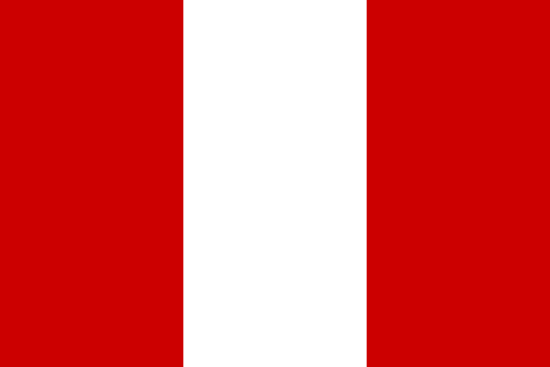"Nasca: Donde la historia permanece viva | Nasca: Where history remains alive"
About:
Nasca, also known as Nazca, is a city in Peru, renowned for the Nazca Lines, a UNESCO World Heritage site. Founded by the Nazca culture around 100 BC, the city flourished until 800 AD. It was later conquered by the Wari and then the Inca Empire. Spanish colonizers arrived in the 16th century. Today, Nasca is a popular tourist destination due to its archaeological sites and rich cultural history.
When to visit:
Nasca, a city located in southern Peru, experiences a warm and arid climate throughout the year. The best time to visit Nasca is during the dry season, which typically runs from June to September. During this time, visitors can enjoy clear skies and optimal conditions for viewing the famous Nasca Lines, mysterious geoglyphs etched into the desert floor. It is advisable to avoid visiting during the rainy season from December to March, as heavy rainfall can disrupt travel plans and hinder visibility of the ancient Nasca Lines.
When to avoid:
The worst time to travel to Nasca, Peru on a holiday would be during the rainy season, which typically occurs from December to March. This period may bring heavy rainfall and potential flooding, making it difficult to explore the region's famous Nazca Lines and other outdoor attractions. The wet conditions could also impact road travel and cause delays or cancellations in transportation services. Travelers seeking to visit Nasca during a holiday are advised to plan their trip during the dry season from April to November for more favorable weather conditions.
"Winter Season (June-August)"
In Nasca, Peru, the coldest and wettest season is from June to August. During this time, temperatures can drop to around 15°C, but rainfall remains minimal, as Nasca is located in a desert region. Cloud cover increases slightly, yet the sun still shines for about 9 hours a day. The average day for a visitor is generally mild and dry. Mornings can be cooler, so layering is recommended. Despite being winter, it's still a good time to view the famous Nasca lines, as visibility remains good and tourist crowds are smaller.
"Summer (December–March)"
Nasca, Peru experiences its warmest part of the year from December through March, which is the Southern Hemisphere's summer.
Typical temperatures during this period range from a low of around 20 degrees Celsius (68 degrees Fahrenheit) at night to a high of around 32 degrees Celsius (90 degrees Fahrenheit) during the day. Rainfall is minimal, as Nasca is located in one of the driest deserts on Earth. The average monthly rainfall during these months is less than 1 mm, making it extremely rare to experience a rainy day.
Sunlight is abundant, with the city receiving around 6 to 7 hours of bright sunshine per day. The sun rises around 6 am and sets around 6:30 pm, providing plenty of daylight for outdoor activities.
Humidity levels are relatively low, typically around 30-40%, contributing to the overall arid conditions. The sky is often clear or only partially cloudy, as the desert location means cloudiness is generally low.
A typical day for a visitor during this period would feel hot, especially in the afternoon. The mornings and evenings are milder and more comfortable, perfect for exploring the city or the famous Nasca Lines. The lack of rainfall and low humidity make it feel dry, and visitors should remember to stay hydrated. Sunscreen is also a must due to the strong sun and clear skies. Despite the heat, the lack of humidity means that it doesn't feel suffocating or overly sticky. Nights are cooler, providing a welcome respite from the heat of the day.
Language:
In Nasca, a city located in Peru, the most commonly spoken language is Spanish, as it is the official language of the country. However, Quechua, the native language of the indigenous Quechua people, is also spoken by a minority of the population. English may be spoken in tourist areas.




